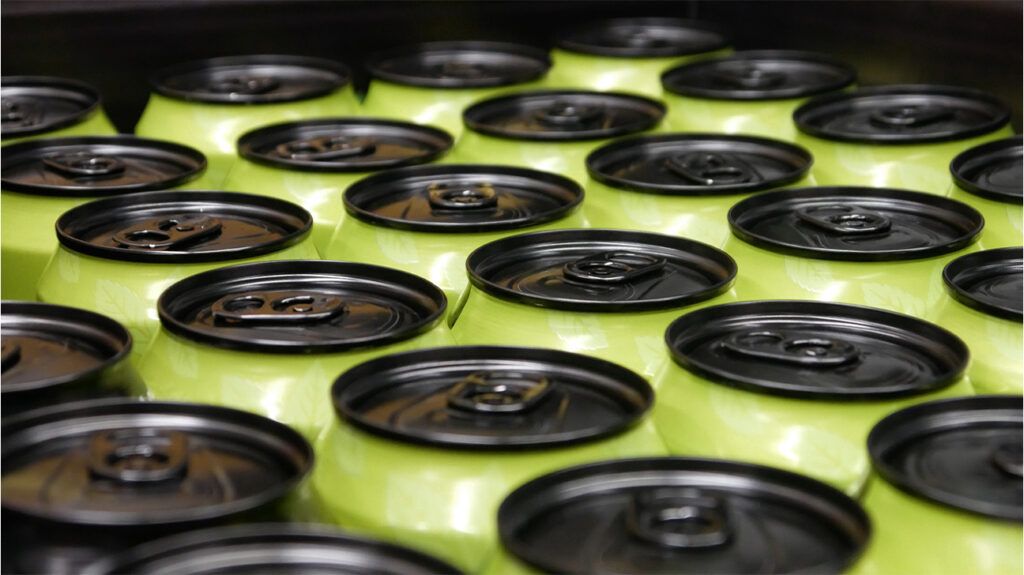FDA Approves Three Natural Color Additives Derived from Minerals, Algae, and Flower Petals

The FDA has approved three new natural color additives made from minerals, algae, and flower petals to replace synthetic dyes in various foods, supporting healthier eating options.
In a significant move towards natural food coloring, the U.S. Food and Drug Administration (FDA) announced on May 9, 2025, that it will authorize the use of three new color additives sourced from natural materials. This decision follows petitions from various companies aiming to expand the palette of safe, natural colors available for food manufacturing.
The approved colors include galdieria extract blue, a vibrant blue dye extracted from algae; calcium phosphate, a white pigment derived from a naturally occurring mineral; and butterfly pea flower extract, a gorgeous blue color obtained from dried flower petals. These additives are now permitted for use in a broad range of food products, including fruit drinks, yogurt, pretzels, ready-to-eat chicken, and candies.
This development aligns with ongoing efforts by health officials to phase out petroleum-based artificial dyes, which are widely used in foods such as cereals and sports drinks. Although the FDA has historically maintained that approved synthetic dyes are safe, there has been increasing public advocacy for cleaner, natural ingredients due to studies suggesting potential neurobehavioral effects on children, such as hyperactivity and attention difficulties.
The approvals are based on petitions filed by Fermentalg (2021), Innophos Inc. (2023), and Sensient Colors LLC (2024). The new regulations will be officially published in the federal register on May 12, 2025, and will become effective in June.
This step forms part of a broader initiative announced by Health Secretary Robert F. Kennedy Jr. and FDA Commissioner Marty Makary to eliminate synthetic dyes from American foods by 2026. They also plan to revoke the authorization of less-used artificial dyes, including Citrus Red No. 2 and Orange B, and expedite the removal of Red 3, which was banned earlier in 2025 due to carcinogenic concerns in laboratory studies.
These measures reflect a shift towards more natural, health-conscious food additives, aiming to benefit consumers and promote better public health standards.
Source: https://medicalxpress.com/news/2025-05-fda-additives-minerals-algae-petals.html
Stay Updated with Mia's Feed
Get the latest health & wellness insights delivered straight to your inbox.
Related Articles
Sugary drinks and their Link to Increased Risk of Type 2 Diabetes
Discover how sugary drinks significantly increase the risk of type 2 diabetes, while sugar from foods may be less harmful or even beneficial, based on recent research. Learn about the importance of consumption context and dietary balance.
Study Shows Salt Warning Labels on Menus Influence Consumer Choices and Reduce Salt Intake
Salt warning labels on restaurant menus significantly influence consumer choices by reducing salt intake and increasing awareness, supporting public health efforts to lower diet-related health risks.
Blood and Urine Molecules as Indicators of Ultra-Processed Food Consumption
New research suggests that specific molecules in blood and urine can objectively measure ultra-processed food intake, aiding large-scale dietary studies and health assessments.



